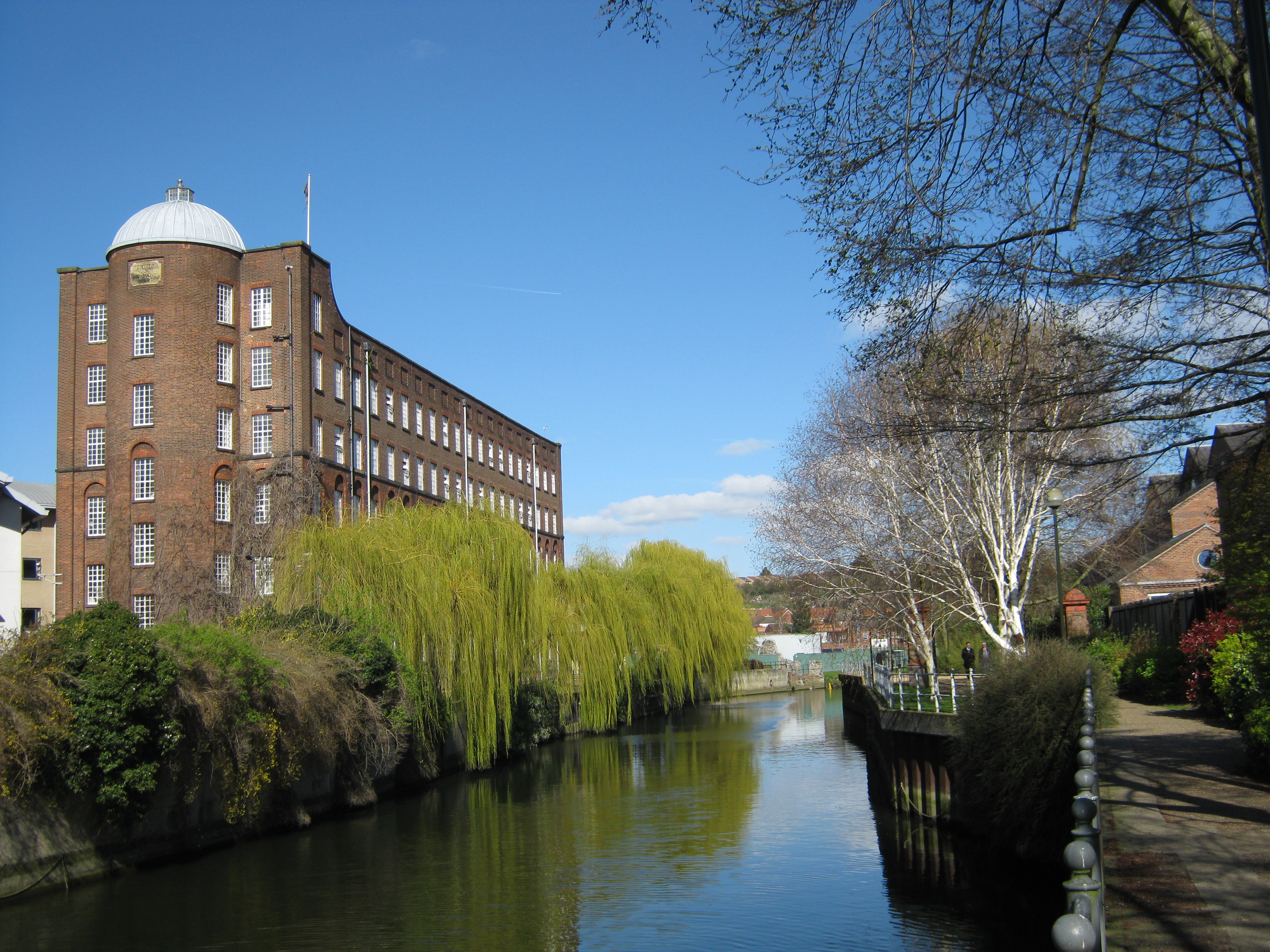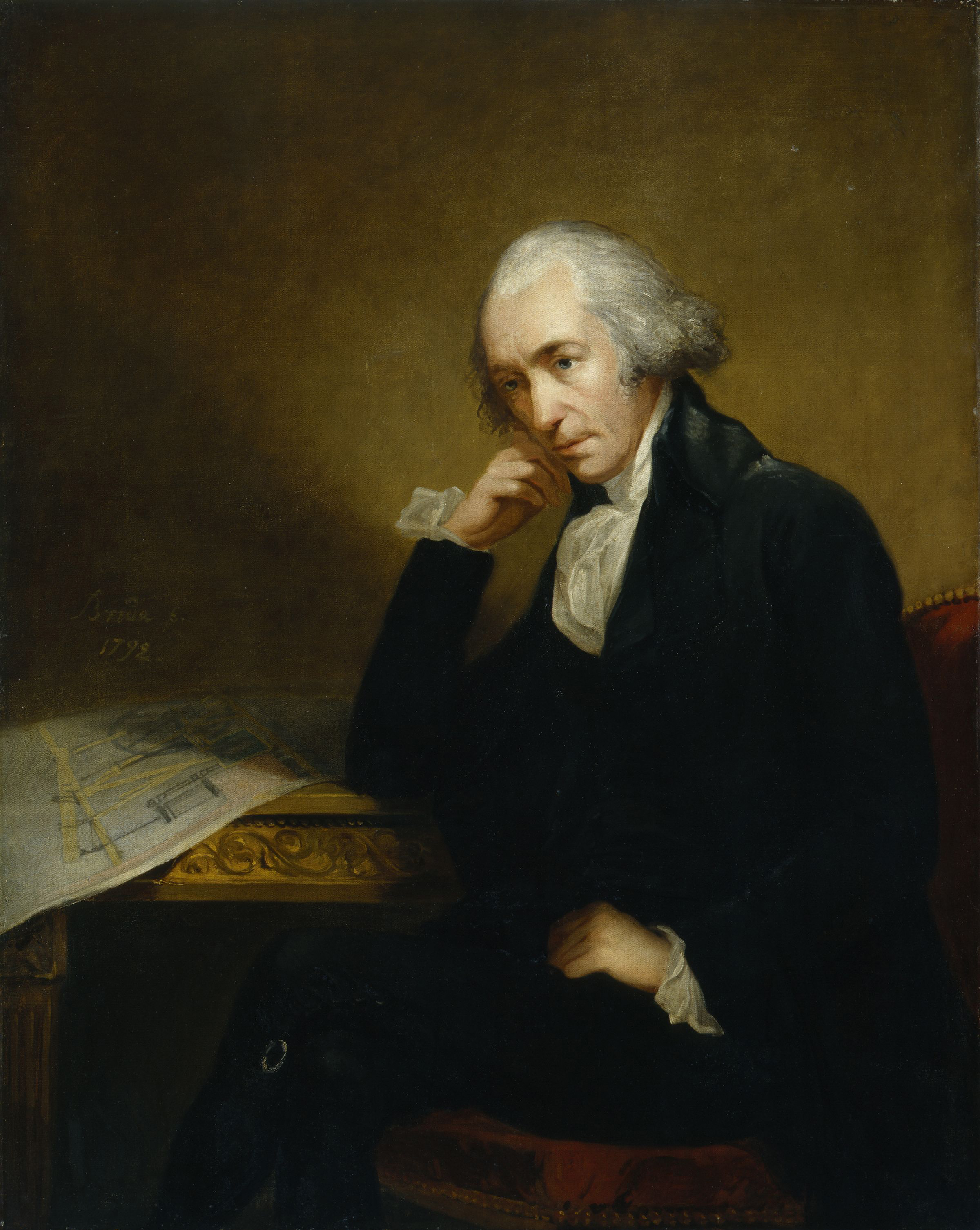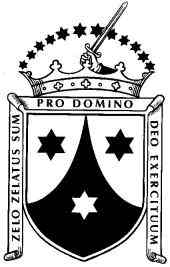|
St James Mill
St James Mill is an English Industrial Revolution mill in Norwich. It was built between 1836 and 1839 as part of an attempt by the Norwich Yarn Company (established 1833 by Samuel Bignold) to prevent the collapse of the local textile trade. The architect was John Brown. The site was occupied by the White Friars (Carmelites) in the 13th century, and an original arch and undercroft survive. When the local textile trade went into further decline, St James Mill was bought by Jarrold & Sons Ltd for use by its printing department in 1902. The building was subsequently leased to Caley's, the chocolate manufacturer, and sold to the government as a training factory for war veterans in 1920. Jarrolds bought back the mill in 1933 and today it is a private office complex. Among the organisations based there are Virgin Wines and Norfolk Community Foundation. Norwich 12 Leaflet, Norwich HEART, 2010Norwich 12 Guidebook, Norwich HEART, 2008. The mill is part of the Norwich 12 Norwic ... [...More Info...] [...Related Items...] OR: [Wikipedia] [Google] [Baidu] |
Industrial Revolution
The Industrial Revolution was the transition to new manufacturing processes in Great Britain, continental Europe, and the United States, that occurred during the period from around 1760 to about 1820–1840. This transition included going from hand production methods to machines, new chemical manufacturing and iron production processes, the increasing use of steam power and water power, the development of machine tools and the rise of the mechanized factory system. Output greatly increased, and a result was an unprecedented rise in population and in the rate of population growth. Textiles were the dominant industry of the Industrial Revolution in terms of employment, value of output and capital invested. The textile industry was also the first to use modern production methods. The Industrial Revolution began in Great Britain, and many of the technological and architectural innovations were of British origin. By the mid-18th century, Britain was the world's leadin ... [...More Info...] [...Related Items...] OR: [Wikipedia] [Google] [Baidu] |
Norwich
Norwich () is a cathedral city and district of Norfolk, England, of which it is the county town. Norwich is by the River Wensum, about north-east of London, north of Ipswich and east of Peterborough. As the seat of the Episcopal see, See of Norwich, with one of the country's largest medieval cathedrals, it is the largest settlement and has the largest Norwich built-up area, urban area in East Anglia. The population of the Norwich City Council local authority area was estimated to be 144,000 in 2021, which was an increase from 143,135 in 2019. The wider Norwich Built-up area, built-up area had a population of 213,166 in 2019. Heritage and status Norwich claims to be the most complete medieval city in the United Kingdom. It includes cobbled streets such as Elm Hill, Norwich, Elm Hill, Timber Hill and Tombland; ancient buildings such as St Andrew's and Blackfriars' Hall, Norwich, St Andrew's Hall; half-timbered houses such as Dragon Hall, Norwich, Dragon Hall, Norwich Guildhal ... [...More Info...] [...Related Items...] OR: [Wikipedia] [Google] [Baidu] |
Samuel Bignold
Sir Samuel Bignold DL (13 October 1791 – 2 January 1875) was a British businessman with insurances and Conservative politician. Background Born in Norwich, he was the third and youngest son of Thomas Bignold and his wife Sarah, widow of Julius Long and daughter of Samuel Cocksedge. He was educated at schools in Norwich and Bury St Edmunds. Career From 1814, he worked as secretary for the Norwich Union Fire Insurance Company and from 1818 had the same office for the Norwich Union Life Assurance Society, both founded by his father. Although an admirer of Benjamin Disraeli, he rejected the latter's rather dubious request of a loan by the Society; however, after a meeting lent the money from personal funds. In 1866, he arranged the incorporation of the Amicable Society, Britain's oldest life insurance institution. Bignold was appointed Sheriff of Norwich in 1830 and was mayor of that city in the years 1833, 1848, 1853 and lastly 1872. He presented a note of support of the Cr ... [...More Info...] [...Related Items...] OR: [Wikipedia] [Google] [Baidu] |
John Brown (architect)
John Brown (1805–1876) was a 19th-century architect working in Norwich, in the county of Norfolk, England. His buildings include churches and workhouses. Life He was the pupil of the architect William Brown of Ipswich, a close relative. He was, along with his two sons, the surveyor for Norwich Cathedral, where his work there included a restoration of the crossing tower, undertaken during the 1830s. He was appointed county surveyor for Norfolk in 1835. Works Brown's works include: *St Peter: Lowestoft, Suffolk; built 1833; white brick with no tower, Carpenter's Gothic style; demolished circa 1974 * St Michael's (St Michael the Greater): Stamford, Lincolnshire; built 1835–36; Early English style; by 2002 no longer used as a church *Sudbury workhouse: Sudbury, Suffolk; built 1836(–37?) after enactment of the Poor Law Amendment Act 1834. * The Norwich Yarn Factory (St James Mill): Norwich; built 1836–37. *Workhouse at Lingwood, Norfolk; built 1837. Late ... [...More Info...] [...Related Items...] OR: [Wikipedia] [Google] [Baidu] |
Carmelites
, image = , caption = Coat of arms of the Carmelites , abbreviation = OCarm , formation = Late 12th century , founder = Early hermits of Mount Carmel , founding_location = Mount Carmel , type = Mendicant order of pontifical right , status = Institute of Consecrated Life , membership = 1,979 (1,294 priests) as of 2017 , leader_title = Motto , leader_name = la, Zelo zelatus sum pro Domino Deo exercituumEnglish: ''With zeal have I been zealous for the Lord God of hosts'' , leader_title2 = General Headquarters , leader_name2 = Curia Generalizia dei CarmelitaniVia Giovanni Lanza, 138, 00184 Roma, Italia , leader_title3 = Prior General , leader_name3 = Mícéal O'Neill, OCarm , leader_title4 = Patron saints , leader_name4 = Our Lady of Mt. Carmel, Elijah , parent_organization = Catholic Church , website = ... [...More Info...] [...Related Items...] OR: [Wikipedia] [Google] [Baidu] |
Undercroft
An undercroft is traditionally a cellar or storage room, often brick-lined and vaulted, and used for storage in buildings since medieval times. In modern usage, an undercroft is generally a ground (street-level) area which is relatively open to the sides, but covered by the building above. History While some were used as simple storerooms, others were rented out as shops. For example, the undercroft rooms at Myres Castle in Fife, Scotland of circa 1300 were used as the medieval kitchen and a range of stores. Many of these early medieval undercrofts were vaulted or groined, such as the vaulted chamber at Beverston Castle in Gloucestershire or the groined stores at Myres Castle. The term is sometimes used to describe a crypt beneath a church, used for burial purposes. For example, there is a 14th-century undercroft or crypt extant at Muchalls Castle in Aberdeenshire in Scotland, even though the original chapel above it was destroyed in an act of war in 1746. Undercrof ... [...More Info...] [...Related Items...] OR: [Wikipedia] [Google] [Baidu] |
Jarrold & Sons
The Jarrold Group is a Norwich–based company, founded as ''Jarrold & Sons Ltd'', in 1770, by John Jarrold, at Woodbridge, Suffolk, before relocating to Norfolk in 1823. ''The Jarrold Group'' still involves members of the Jarrold family. Family Of Huguenot ancestry, the Jerauld family arrived in Essex from France in the late 17th century. Samuel Jarrold served as Mayor of Colchester in 1723–24 and during the 18th century the Jarrolds expanded their mercantile ventures throughout East Anglia, becoming established in Norwich. The Jarrolds have joined City livery companies including the Stationers and Haberdashers. (Herbert) John Jarrold CBE, Mayor of Norwich (1971–72), Peter Jarrold DL, Sheriff of Norwich (1999–2000), Caroline Jarrold DL. Business Primarily a retail business, Jarrolds department store in Norwich city centre, was designed by George John Skipper (1856–1948) between 1903 and 1905. Sir Nikolaus Pevsner describes the ''Jarrolds store'' as "baroque" in st ... [...More Info...] [...Related Items...] OR: [Wikipedia] [Google] [Baidu] |
Jarrolds
The Jarrold Group is a Norwich–based company, founded as ''Jarrold & Sons Ltd'', in 1770, by John Jarrold, at Woodbridge, Suffolk, before relocating to Norfolk in 1823. ''The Jarrold Group'' still involves members of the Jarrold family. Family Of Huguenot ancestry, the Jerauld family arrived in Essex from France in the late 17th century. Samuel Jarrold served as Mayor of Colchester in 1723–24 and during the 18th century the Jarrolds expanded their mercantile ventures throughout East Anglia, becoming established in Norwich. The Jarrolds have joined City livery companies including the Stationers and Haberdashers. (Herbert) John Jarrold CBE, Mayor of Norwich (1971–72), Peter Jarrold DL, Sheriff of Norwich (1999–2000), Caroline Jarrold DL. Business Primarily a retail business, Jarrolds department store in Norwich city centre, was designed by George John Skipper (1856–1948) between 1903 and 1905. Sir Nikolaus Pevsner describes the ''Jarrolds store'' as "baroqu ... [...More Info...] [...Related Items...] OR: [Wikipedia] [Google] [Baidu] |
Norwich 12
Norwich 12 was an initiative by Norwich Heritage Economic and Regeneration Trust (HEART) to develop 12 of Norwich's most iconic buildings into an integrated family of heritage attractions to act as an international showcase of English urban and cultural development over the last 1,000 years. Norwich HEART initially secured £1 million from HM Treasury's Invest to Save Budget to run the pioneering heritage concept. The 12 buildings are a collection of architectural styles that span across Norman, medieval, Georgian, Victorian and modern eras. The concept of the "Norwich 12" was launched in summer of 2008. The Norwich 12 Buildings Norwich Castle (1067–1075) Norwich Castle is a Norman building, originally built as a royal palace for William the Conqueror, at a time when most buildings were small, wooden structures. The huge stone keep was a symbol of the king's power. The Castle mound (motte) is the largest in the country, and from the 14th to the 19th centur ... [...More Info...] [...Related Items...] OR: [Wikipedia] [Google] [Baidu] |
Buildings And Structures In Norwich
A building, or edifice, is an enclosed structure with a roof and walls standing more or less permanently in one place, such as a house or factory (although there's also portable buildings). Buildings come in a variety of sizes, shapes, and functions, and have been adapted throughout history for a wide number of factors, from building materials available, to weather conditions, land prices, ground conditions, specific uses, prestige, and aesthetic reasons. To better understand the term ''building'' compare the list of nonbuilding structures. Buildings serve several societal needs – primarily as shelter from weather, security, living space, privacy, to store belongings, and to comfortably live and work. A building as a shelter represents a physical division of the human habitat (a place of comfort and safety) and the ''outside'' (a place that at times may be harsh and harmful). Ever since the first cave paintings, buildings have also become objects or canvasses of much artistic ... [...More Info...] [...Related Items...] OR: [Wikipedia] [Google] [Baidu] |
1830s Establishments In England
Year 183 ( CLXXXIII) was a common year starting on Tuesday (link will display the full calendar) of the Julian calendar. At the time, it was known as the Year of the Consulship of Aurelius and Victorinus (or, less frequently, year 936 ''Ab urbe condita''). The denomination 183 for this year has been used since the early medieval period, when the Anno Domini calendar era became the prevalent method in Europe for naming years. Events By place Roman Empire * An assassination attempt on Emperor Commodus by members of the Senate fails. Births * January 26 – Lady Zhen, wife of the Cao Wei state Emperor Cao Pi (d. 221) * Hu Zong, Chinese general, official and poet of the Eastern Wu state (d. 242) * Liu Zan (Zhengming), Chinese general of the Eastern Wu state (d. 255) * Lu Xun, Chinese general and politician of the Eastern Wu state (d. 245 __NOTOC__ Year 245 ( CCXLV) was a common year starting on Wednesday (link will display the full calendar) of the Julian calend ... [...More Info...] [...Related Items...] OR: [Wikipedia] [Google] [Baidu] |







